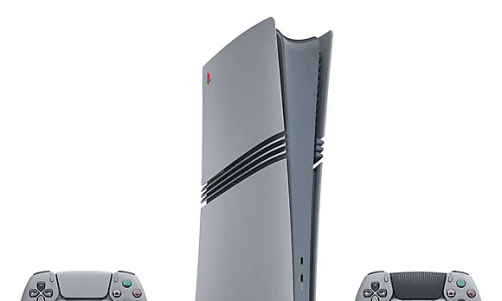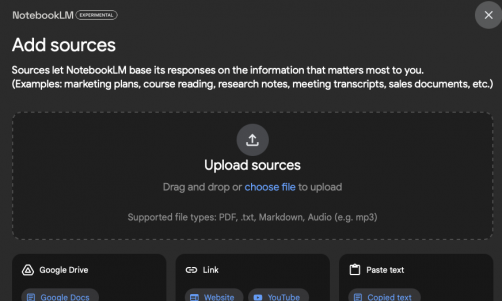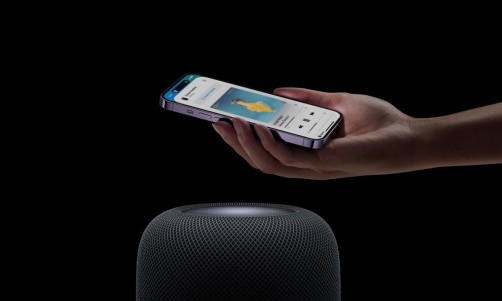The latest Windows KB5012170 updates for Secure Boot have been reported to cause various problems for its users.
These problems range from failures to boot with BitLocker Recovery prompts to efficiency difficulties.
When a device is turned on, a UEFI bootloader loads and is responsible for initiating the UEFI environment with the Secure Boot feature. This feature ensures that only trusted code is executed when the Windows boot process is initiated.
Microsoft resolved vulnerabilities found in various UEFI bootloaders with the release of the standalone KB5012170 "Security update for Secure Boot DBX" with the recent Patch Tuesday for August 2022.
These vulnerabilities could have been exploited by threat actors in order to circumvent the Windows Secure Boot feature and run unsigned code.
However, trying to install the KB5012170 update on a user's device that does not have a valid bootloader would result in the generation of an error code of 0x800f0922 and will prevent the installation from being finished successfully.
Windows KB5012170 Update
Besides the 0x800f0922 error, users are also experiencing other issues with Windows following the installation of the KB5012170 update.
According to Bleeping Computer, numerous users reported having encountered multiple inconveniences, such as encountering BitLocker Recovery screens after installing the update.
It has been reported that after installing the update, 2% of customers had the experience of their Windows 11 systems displaying BitLocker recovery screens. This information was obtained through reports made by users.
Some users are reporting that their disk configurations have changed from RAID to AHCI in the firmware settings. Additionally, boot times are taking longer for them to complete.
Microsoft has heard complaints from its users on Twitter, Reddit, and the Microsoft Answers forum.
When users see the Bitlocker recovery page, they can check their Microsoft accounts to find the recovery key for their system.
On the other hand, Windows administrators can access the Active Directory Users and Computers directory to get the Bitlocker recovery key for enterprise users.
The good news is that customers should only have to deal with these problems once, and they should disappear after the BitLocker recovery key is entered or when disk configurations are changed.
Read Also: The Microsoft 365 Version 2206 Update Has Been Pulled - But Why?
How To Find BitLocker recovery key in Windows
According to Microsoft, prior to the activation of protection, BitLocker made certain that a recovery key was successfully backed up in a secure location.
There are a few different locations where users' recovery keys could be stored, and this is determined by the selection that was made when BitLocker was activated.
Users can find their BitLocker Key in their Microsoft account. Users can sign in to their Microsoft account on another device to find their recovery key. However, users could also go to this link https://account.microsoft.com/devices/recoverykey.
A user's Azure Active Directory account is another location where they can get their encrypted data after logging into BitLocker.
If a user's device has ever been logged into an organization with a work or school email account, the recovery key for that user's account may be saved in the Azure Active Directory account of that organization.
Users might be able to gain access to it on their own, or they might be required to get in touch with the administrator of the system in order to retrieve their recovery key.
Related Article: Microsoft Releases Windows 10 KB5015878 Update - What Does It Include?










